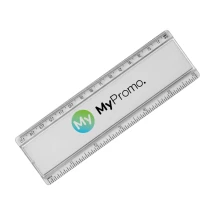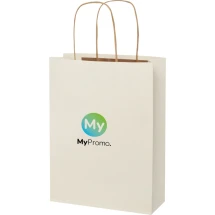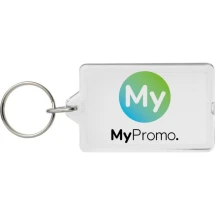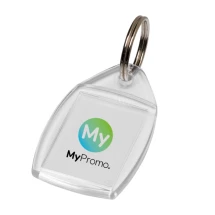Lithography full colour
What is Lithography full colour?
Lithography full colour is a vibrant and intricate printing technique that plays a pivotal role in the production of high-quality printed materials and promotional gifts. Originating in the late 18th century, this method was invented by Alois Senefelder as a cost-effective way of reproducing artwork. It relies on the principle that oil and water do not mix, facilitating the creation of stunning, detailed prints in full colour.The Basic Process of Full Colour Lithography
The process of lithography full colour begins with the preparation of a flat surface, typically limestone or a metal plate, which is treated to retain an image. The artist draws directly onto the medium with a grease-based material. Next, the non-image areas are treated with a water-based solution to ensure they remain ink-free. An oil-based ink is then applied, adhering only to the original drawing. Finally, the inked image is transferred to a paper or other suitable material using a press. This method allows for the creation of multiple copies of the original artwork, making lithography an excellent choice for creating vibrant, high-quality prints.
Essential Tools and Materials in Lithography Full Colour
Creating lithographic prints in full colour requires specific tools and materials. Artists need lithographic limestone or metal plates to carry the image, grease pencils or crayons for drawing, oil-based inks for printing, and a lithographic press for transferring the image. They also use chemical solutions for etching and processing the image, and high-quality paper or other printing surfaces to receive the final print.
Common Applications and Notable Examples
Lithography full colour is extensively used in the production of personalided posters, fine art prints, and promotional items such as personalised calendars, exclusive event invitations, and personalized gifts. Its ability to produce vivid, layered colours makes it a preferred choice for artists and marketers aiming to make a significant visual impact.
Advantages of Lithography Full Colour
This print technique offers several advantages. It allows for exceptional colour depth and detail, making the final product visually striking. Lithography is also versatile, suitable for short and medium print runs, and can be used on a variety of printing surfaces. Moreover, the colour reproduction in lithography full colour remains consistent over numerous reproductions, ensuring high quality across all copies.
Comparing Lithography Full Colour with Other Techniques
When compared to other printing methods such as digital printing or screen printing, lithography full colour stands out for its superior colour accuracy and artistic quality. While digital printing is faster and more adaptable to changes, lithography offers unmatched depth and richness of colour, making it ideal for artistic prints and high-end promotional materials. Screen printing can produce vibrant colours and is cost-effective for large runs, but it does not achieve the same level of detail as lithography.
Challenges and Limitations
Despite its many benefits, lithography full colour does come with challenges. The initial setup is labor-intensive, requiring considerable skill and time. It is also less cost-effective for very large volumes compared to digital methods. The need for specific materials and tools can add to the overall expense, making it less accessible for smaller projects or businesses with tight budgets.
In conclusion, lithography full colour remains a distinguished print technique favored for its exceptional quality and artistic versatility, making it a top choice for high-quality printing and promotional projects.
What is lithography full colour?
Lithography full colour, also known as colour lithography, is a printing technique that creates vibrant and detailed images by exploiting the oil and water repulsion principle. This method allows for high-quality prints and is commonly used in the production of art reproductions, posters, and promotional items.
Who invented lithography and when?
Lithography was invented by Alois Senefelder in 1796. He developed it as a cost-effective method of reproducing artworks and scripts, and it has since evolved into various forms including lithography full colour.
What materials are used in full colour lithography?
Full colour lithography typically requires several key materials: a flat surface like limestone or a metal plate to hold the image, grease-based materials (like pencils or crayons) for drawing, oil-based inks for printing, and a lithographic press for transferring the inked image onto paper or other materials.
How does lithography full colour differ from other printing techniques?
Lithography full colour is distinct for its ability to produce intricate and vivid colour prints. Unlike digital printing, which is faster and more adaptable, lithography provides superior colour depth and detail. Compared to screen printing, which is effective for large runs, lithography offers better precision in colour and image replication, making it ideal for fine art and high-quality promotional materials.
What are some challenges associated with lithography full colour?
Some of the main challenges of lithography full colour include the labour-intensive setup and the high level of skill required to execute the process effectively. Additionally, it can be less cost-effective for very large volumes compared to digital methods and requires specific materials and tools, which can increase the overall cost and make it less accessible for smaller projects or businesses with tight budgets.





